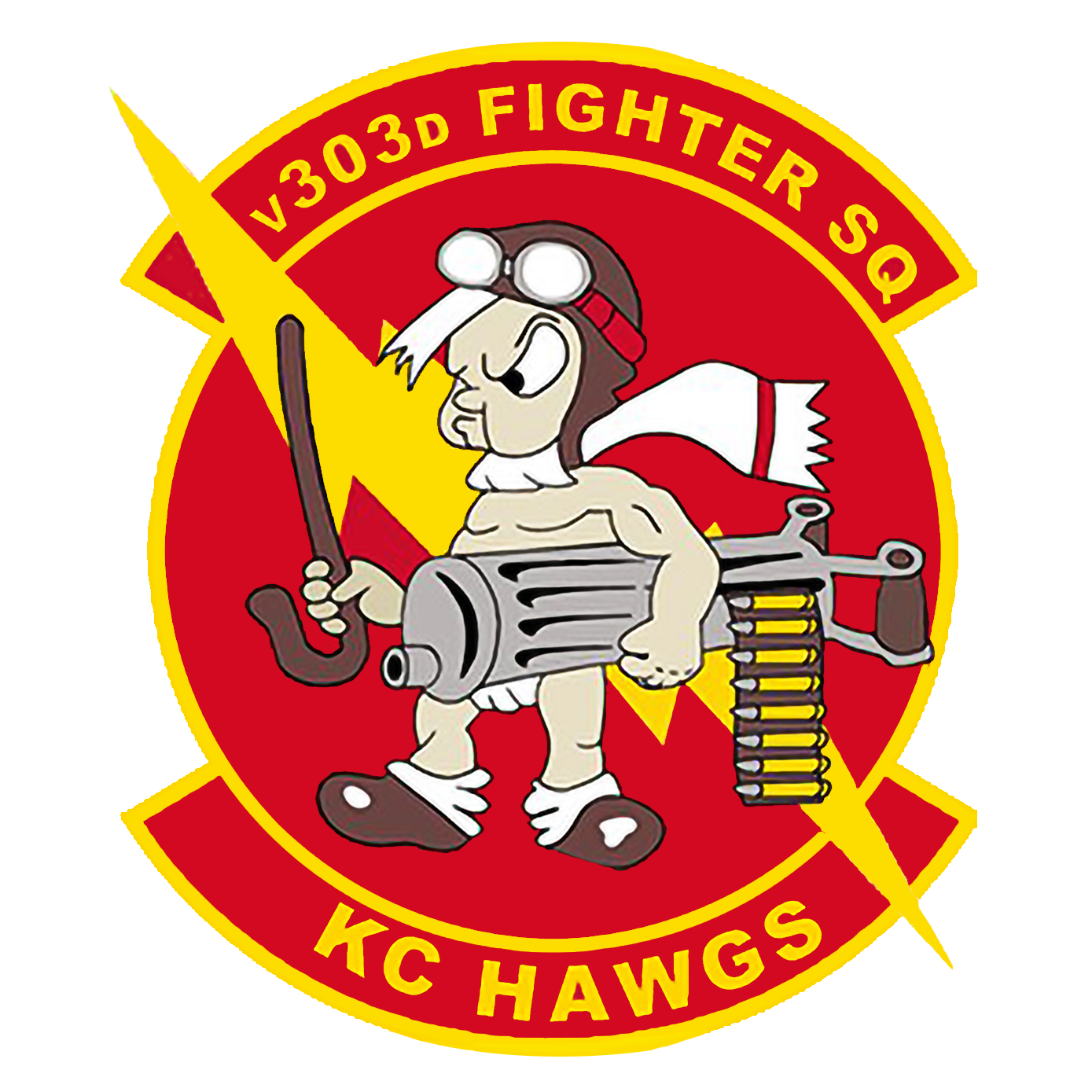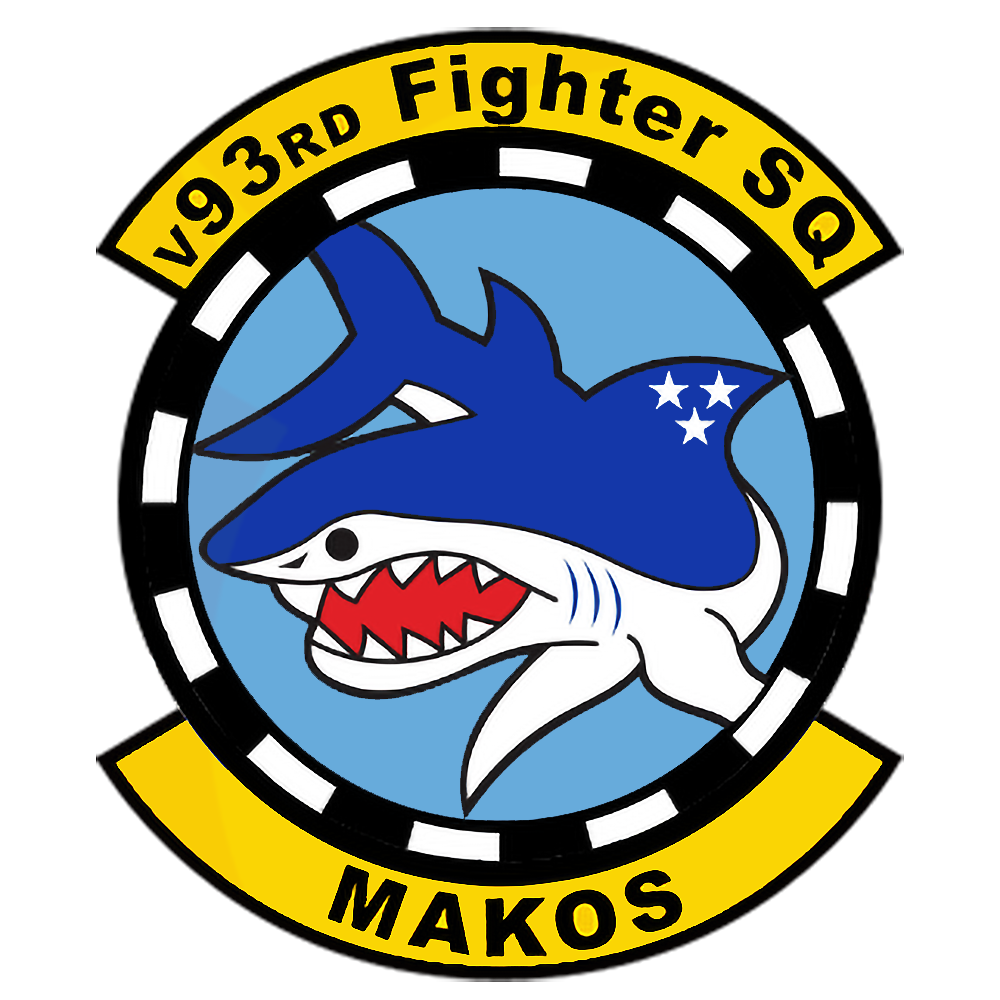GBU-24/B Paveway III

General Info:
Origin = USA
Type = High Explosive
IOC = 1983
Guidance method = Laser homing
Guidance System = WGU-12B/B or 39A/B or 43/B
Mission = CAS, interdiction, OCA, naval anti- surface warfare
Targets = Mobile hard, fixed soft, fixed hard
Platforms = A-6, A-10, F-14, F-15, F-16, F/A-18, F-111
Performance:
Accuracy = 27ft
Air Foil Group = BSU-84A/B
Drag = 17
Min Release Alt. = 1500ft
Range = >10nm
Dimensions:
Length = 173in
Diameter = 25in
Fin Span = 37in (extended 78in)
Weight = 2315 lbs
Warhead:
MK 84 for Blast/Fragmentation (945 lbs. Tritonal)
Lethal Radius = 1300ft
Fuse = Contact
Armour = 3in
The Guided Bomb Unit-24 (GBU-24) Low Level Laser Guided Bomb [LLLGB] consists of either a 2,000- pound MK-84 general purpose or BLU-109 penetrator bomb modified with a Paveway III low-level laser- guided bomb kit to add the proportional guidance in place of the bang-bang type used in the Paveway II. The LLLGB was developed in response to Sophisticated enemy air defenses, poor visibility, and to counter limitations in low ceilings. The weapon is designed for low altitude delivery and with a capability for improved standoff ranges to reduce exposure. The GBU-24 LLLGB/Paveway III has low-level, standoff capability of more than 10 nautical miles. Performance envelopes for all modes of delivery are improved because the larger wings of the GBU-24 increases maneuverability. Paveway III also has increased seeker sensitivity and a larger field of regard.
The operator illuminates a target with a laser designator and then the munition guides to a spot of laser energy reflected from the target. One way to deliver LGBs from low altitude is a loft attack. In this maneuver, the aircraft pulls up sharply at a predetermined point some miles from the target and the LGB is lofted upward and toward the target. However, if the LGB guidance system detects reflected laser energy from the target designator too soon after release, it tends to pull the LGW down below its required trajectory and the bomb will impact well short of the target.
This bomb is not nearly as delivery parameter sensitive as is the Paveway II LGB, nor is it affected by early laser designation. After a proper low altitude delivery, the LLLGB will maintain level flight while looking for reflected laser energy. If it does not detect reflected laser energy, it will maintain level flight to continue beyond the designated target, overflying friendly positions, to impact long, rather than short of the target.
Unlike the Paveway II LGB, the LLLGB can correct for relatively large deviations from planned release parameters in the primary delivery mode (low-altitude level delivery). It also has a larger delivery envelope for the dive, glide and loft modes than does the earlier LGB. The wide field of view and midcourse guidance modes programmed in the LLLGB allow for a "Point Shoot" delivery capability. This capability allows the pilot to attack the target by pointing the aircraft at the target and releasing the weapon after obtaining appropriate sight indications. The primary advantage of this capability is that accurate dive/tracking is not required to solve wind drift problems.
In the Gulf War all of the 1,181 GBU-24s were released by F-111Fs.
In 1996 the Navy conducted tests of the F-14A Tomcat with the GBU-24B/B Hard Target Penetrator Laser-Guided Bomb at Naval Air Station Patuxent River, Md., as part of an air-to-ground development program to support clearance for use of the weapon in the fleet by F-14 Tomcats.
Key accomplishments in 1996 included demonstration of controlled weapon penetration and detonation depth using the Hard-Target Smart Fuse [HTSF] and successful integration of the GBU- 24/ HTSF with F- 15E and F/A- 18 aircraft. The Hard-Target Smart Fuse, developed at the Wright lab, features an accelerometer that can be programmed to detonate the bomb at a precisely specified depth significantly enhancing munition lethality. The Defense Special Weapons Agency (DSWA) Counterproliferation Initiative (CPI) requires development, integration and certification of HTSF with GBU-24 B/B (Navy BLU- 109) and GBU-24 D/B (Navy BLU-116) under this effort. Under a separate effort, CPI will integrate the GBU-24 B/B and GBU-24 D/B configuration HTSFs into the CPI modified Conventional Air Launched Cruise Missile (CALCM) and Tactical Land Attack Missile (TLAM) weapons.
General Info:
Origin = USA
Type = High Explosive
IOC = 1983
Guidance method = Laser homing
Guidance System = WGU-12B/B or 39A/B or 43/B
Mission = CAS, interdiction, OCA, naval anti- surface warfare
Targets = Mobile hard, fixed soft, fixed hard
Platforms = A-6, A-10, F-14, F-15, F-16, F/A-18, F-111
Performance:
Accuracy = 27ft
Air Foil Group = BSU-84A/B
Drag = 17
Min Release Alt. = 1500ft
Range = >10nm
Dimensions:
Length = 173in
Diameter = 25in
Fin Span = 37in (extended 78in)
Weight = 2315 lbs
Warhead:
MK 84 for Blast/Fragmentation (945 lbs. Tritonal)
Lethal Radius = 1300ft
Fuse = Contact
Armour = 3in
The Guided Bomb Unit-24 (GBU-24) Low Level Laser Guided Bomb [LLLGB] consists of either a 2,000- pound MK-84 general purpose or BLU-109 penetrator bomb modified with a Paveway III low-level laser- guided bomb kit to add the proportional guidance in place of the bang-bang type used in the Paveway II. The LLLGB was developed in response to Sophisticated enemy air defenses, poor visibility, and to counter limitations in low ceilings. The weapon is designed for low altitude delivery and with a capability for improved standoff ranges to reduce exposure. The GBU-24 LLLGB/Paveway III has low-level, standoff capability of more than 10 nautical miles. Performance envelopes for all modes of delivery are improved because the larger wings of the GBU-24 increases maneuverability. Paveway III also has increased seeker sensitivity and a larger field of regard.
The operator illuminates a target with a laser designator and then the munition guides to a spot of laser energy reflected from the target. One way to deliver LGBs from low altitude is a loft attack. In this maneuver, the aircraft pulls up sharply at a predetermined point some miles from the target and the LGB is lofted upward and toward the target. However, if the LGB guidance system detects reflected laser energy from the target designator too soon after release, it tends to pull the LGW down below its required trajectory and the bomb will impact well short of the target.
This bomb is not nearly as delivery parameter sensitive as is the Paveway II LGB, nor is it affected by early laser designation. After a proper low altitude delivery, the LLLGB will maintain level flight while looking for reflected laser energy. If it does not detect reflected laser energy, it will maintain level flight to continue beyond the designated target, overflying friendly positions, to impact long, rather than short of the target.
Unlike the Paveway II LGB, the LLLGB can correct for relatively large deviations from planned release parameters in the primary delivery mode (low-altitude level delivery). It also has a larger delivery envelope for the dive, glide and loft modes than does the earlier LGB. The wide field of view and midcourse guidance modes programmed in the LLLGB allow for a "Point Shoot" delivery capability. This capability allows the pilot to attack the target by pointing the aircraft at the target and releasing the weapon after obtaining appropriate sight indications. The primary advantage of this capability is that accurate dive/tracking is not required to solve wind drift problems.
In the Gulf War all of the 1,181 GBU-24s were released by F-111Fs.
In 1996 the Navy conducted tests of the F-14A Tomcat with the GBU-24B/B Hard Target Penetrator Laser-Guided Bomb at Naval Air Station Patuxent River, Md., as part of an air-to-ground development program to support clearance for use of the weapon in the fleet by F-14 Tomcats.
Key accomplishments in 1996 included demonstration of controlled weapon penetration and detonation depth using the Hard-Target Smart Fuse [HTSF] and successful integration of the GBU- 24/ HTSF with F- 15E and F/A- 18 aircraft. The Hard-Target Smart Fuse, developed at the Wright lab, features an accelerometer that can be programmed to detonate the bomb at a precisely specified depth significantly enhancing munition lethality. The Defense Special Weapons Agency (DSWA) Counterproliferation Initiative (CPI) requires development, integration and certification of HTSF with GBU-24 B/B (Navy BLU- 109) and GBU-24 D/B (Navy BLU-116) under this effort. Under a separate effort, CPI will integrate the GBU-24 B/B and GBU-24 D/B configuration HTSFs into the CPI modified Conventional Air Launched Cruise Missile (CALCM) and Tactical Land Attack Missile (TLAM) weapons.


